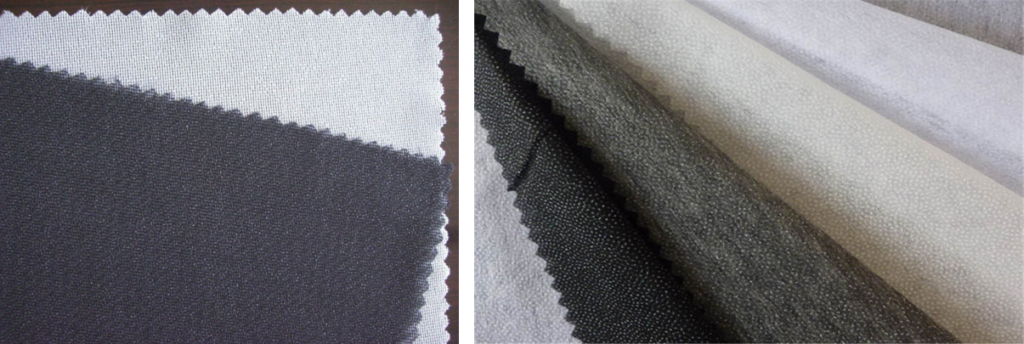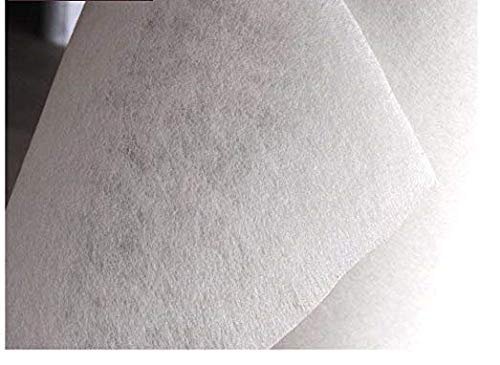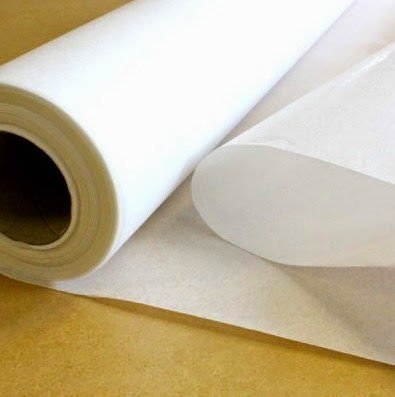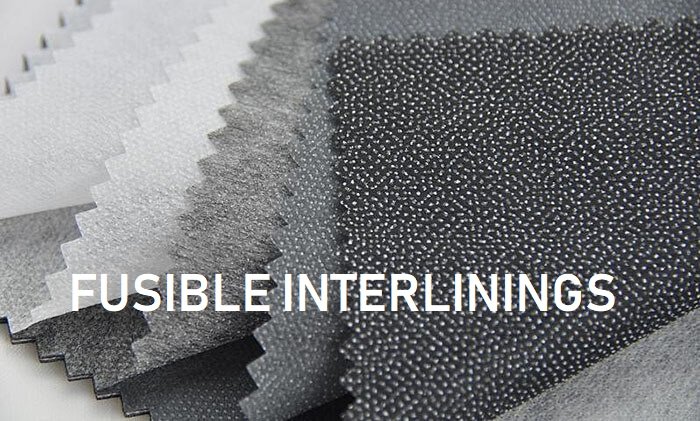Fusible interfacing is a fabric used in sewing projects to add structure and stability to garments, home decor, and crafts. It is a versatile material that can be used in various ways, and it comes in many different types, including woven, non-woven, and knit. But where is fusible interfacing used, and why is it an essential part of the sewing process?
In this article, we’ll examine how fusible interfacing is used in sewing projects. We’ll explore the different types of interfacing available and the best practices for using and caring for this essential material.
Whether you’re a seasoned sewing veteran or a beginner just starting, understanding how to work with fusible interfacing is crucial to producing high-quality garments and home decor items. By adding structure and support to your projects, you’ll be able to create pieces that look and feel professional while also ensuring that they hold up well over time.
So if you’re interested in learning more about where fusible interfacing is used and how to incorporate it into your sewing projects, keep reading.

Applications Of Fusible Interfacing
Fusible interfacing is essential for adding structure and stability to various sewing projects. It is a versatile material that can be used in many ways, making it a popular choice for professional sewists and hobbyists. Let’s explore some of the applications of fusible interfacing in apparel, home decor, and crafts.
A. Apparel
1. Collars and Cuffs
Collars and cuffs on shirts and jackets require structure to maintain their shape. Fusible interfacing can be used to add stiffness and body to these areas. It also helps to prevent them from curling and rolling after washing and wearing.
2. Waistbands
Waistbands on skirts and pants also benefit from the added structure that fusible interfacing provides. It helps to prevent the waistband from stretching out of shape and keeps it from rolling or folding over.
3. Pockets
Pockets on garments can also be reinforced with fusible interfacing to prevent sagging and maintain their shape.
4. Buttonholes
Fusible interfacing can reinforce the area around buttonholes, preventing them from stretching or tearing.
B. Home Decor
1. Curtains and Drapes
Fusible interfacing is often used in curtain and drape projects to add body and structure to the fabric. It helps the material to hang evenly and prevents it from becoming too floppy or flimsy.
2. Upholstery
Fusible interfacing can also be used in upholstery projects to support the fabric. It helps prevent the material from stretching or warping and adds durability to the finished product.
3. Table Linens
Table linens, such as placemats and napkins, can be reinforced with fusible interfacing to make them more sturdy and less prone to wrinkling. This makes them easier to care for and maintains their shape over time.
C. Crafts
1. Bags and Totes
Fusible interfacing is commonly used in bag and tote projects. It helps the bag to hold its shape and prevents slouching or collapsing.
2. Quilting
Quilting projects often require fusible interfacing to stabilise the fabric and make it easier to work. It also helps to prevent the material from fraying and adds durability to the finished product.
3. Appliqué
Fusible interfacing can stabilise the fabric in appliqué projects, making it easier to cut and sew. It also helps to prevent the material from puckering or wrinkling.
4. Embroidery
Embroidery projects often require fusible interfacing to provide a stable base for the embroidery stitches. This helps to prevent the fabric from puckering or stretching and ensures that the embroidery looks neat and professional.

Types of Fusible Interfacing
Fusible interfacing comes in different types, each with unique properties and characteristics. Understanding the different kinds of fusible interfacing can help you choose the best one for your sewing project. Let’s take a closer look at the three main types of fusible interfacing.
A. Woven
Woven fusible interfacing is made from a tightly woven fabric such as cotton, polyester, or a blend of both. It has a stable, crisp hand and provides excellent support to materials. Woven interfacing is ideal for adding structure to collars, cuffs, and waistbands. It is also suitable for home decor and craft projects requiring a stable, firm finish.
B. Non-woven
Non-woven fusible interfacing is made from bonded fibres rather than woven. It is lightweight and flexible, making it a good choice for use in projects where you want to maintain the drape and movement of the fabric. Non-woven interfacing is often used in appliqué projects, as it provides a stable base for the appliqué design without adding too much stiffness to the material.
C. Knit
Knit fusible interfacing is made from a stretchy material that is ideal for use in projects that require some give, such as stretchy knit fabrics. It provides structure and support without restricting movement, making it a popular choice for adding stability to necklines and armholes in knit garments. Knit interfacing is also suitable for use in bags and totes, as it helps to prevent the fabric from sagging or losing shape.
When choosing fusible interfacing, it’s essential to consider the weight and type of fabric you’ll be using and the level of structure and supports you need.
Woven interfacing is a good choice for heavier fabrics, while non-woven and knit interfacing are better suited to lighter, more delicate fabrics. Additionally, some fusible interfacings are machine washable, while others may require hand washing or dry cleaning, so check the care instructions before using them.
How to Use Fusible Interfacing
Fusible interfacing is a versatile tool that adds structure and stability to fabric in sewing projects. Whether working on a garment, home decor, or craft project, using fusible interfacing can help you achieve a more professional-looking finish. Here’s how to use fusible interfacing:
A. Preparing the fabric
Before you can apply the interfacing, you need to prepare the fabric. Start by washing and drying the material to ensure it is clean and free from sizing or chemicals. Then, iron the fabric to remove any wrinkles or creases. Be sure to follow the care instructions for your fabric type to avoid damage.
B. Cutting the interfacing
Cut the interfacing to the desired shape and size using your fabric as a guide. Cutting the interfacing slightly smaller than the fabric is essential to avoid any excess bulk in the seam allowances. You can use scissors or a rotary cutter to cut the interfacing.
C. Applying the interfacing
1. Ironing Fusible Interfacing
To apply the interfacing, place the adhesive side of the interfacing onto the wrong side of the fabric. Make sure the interfacing is centred and aligned with the material.
Then, cover the interfacing with a damp pressing cloth or piece of muslin to protect both the fabric and the interfacing from the heat of the iron. Use a hot, dry iron to press the interfacing onto the fabric, applying pressure for 10-15 seconds. Lift the iron and move it to the next section until the entire piece of interfacing is fused to the fabric.
2. Stitching
Once the interfacing is fused to the fabric, you can stitch as usual. The interfacing will provide additional stability and structure to the material, making it easier to sew and giving the finished product a more professional appearance. If you need to sew through multiple layers of interfaced fabric, use a heavier needle and adjust your machine’s tension settings as necessary.

Conclusion
Fusible interfacing is a valuable tool in sewing projects, providing structure, stability, and fabric durability. Its versatility makes it suitable for various applications, including apparel, home decor, and crafts.
By understanding the different types of fusible interfacing available and how to apply it correctly, you can enhance the quality and appearance of your projects. Fusible interfacing can be used to add structure to collars and cuffs, waistbands, pockets, and buttonholes in apparel and in home decor projects such as curtains, drapes, and table linens.
In crafts, it can be used for bags and totes, quilting, appliqué, and embroidery. With some practice, using fusible interfacing can become second nature, allowing you to create professional-looking projects lasting for years.

